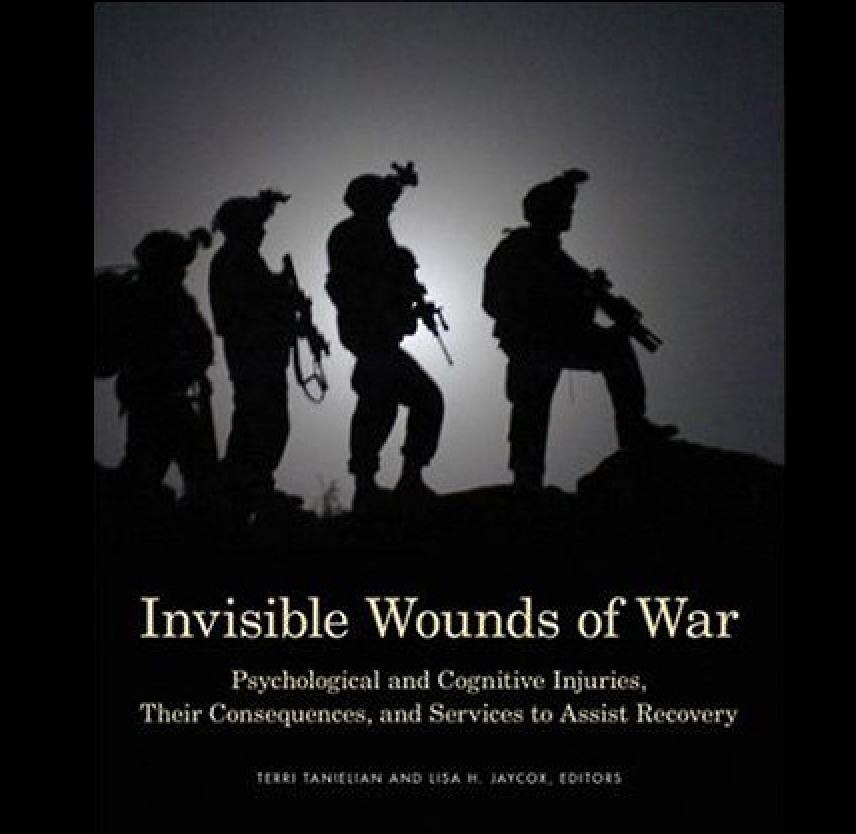
Psychological and Cognitive Injuries, Their Consequences, and Services to Assist Recovery
Since October 2001, approximately 1.64 million U.S. troops have been deployed for Operations Enduring Freedom and Iraqi Freedom (OEF/OIF) in Afghanistan and Iraq. Early evidence suggests that the psychological toll of these deployments - many involving prolonged exposure to combat-related stress over multiple rotations - may be disproportionately high compared with the physical injuries of combat. In the face of mounting public concern over post-deployment health care issues confronting OEF/OIF veterans, several task forces, independent review groups, and a Presidential Commission have been convened to examine the care of the war wounded and make recommendations. Concerns have been most recently centered on two combat-related injuries in particular: post-traumatic stress disorder and traumatic brain injury. With the increasing incidence of suicide and suicide attempts among returning veterans, concern about depression is also on the rise.
The study discussed in this monograph focuses on post-traumatic stress disorder, major depression, and traumatic brain injury, not only because of current high-level policy interest but also because, unlike the physical wounds of war, these conditions are often invisible to the eye, remaining invisible to other servicemembers, family members, and society in general. All three conditions affect mood, thoughts, and behavior; yet these wounds often go unrecognized and unacknowledged. The effect of traumatic brain injury is still poorly understood, leaving a large gap in knowledge related to how extensive the problem is or how to address it.
RAND conducted a comprehensive study of the post-deployment health-related needs associated with these three conditions among OEF/OIF veterans, the health care system in place to meet those needs, gaps in the care system, and the costs associated with these conditions and with providing quality health care to all those in need. This monograph presents the results of our study, which should be of interest to mental health treatment providers; health policymakers, particularly those charged with caring for our nation's veterans; and U.S. service men and women, their families, and the concerned public. All the research products from this study are available at http://veterans.rand.org.
Data collection for this study began in April 2007 and concluded in January 2008. Specific activities included a critical review of the extant literature on the prevalence of post-traumatic stress disorder, major depression, and traumatic brain injury and their short- and long-term consequences; a population-based survey of servicemembers and veterans who served in Afghanistan or Iraq to assess health status and symptoms, as well as utilization of and barriers to care; a review of existing programs to treat servicemembers and veterans with the three conditions; focus groups with military servicemembers and their spouses; and the development of a microsimulation model to forecast the economic costs of these conditions over time.
Among our recommendations is that effective treatments documented in the scientific literature - evidence-based care - are available for PTSD and major depression. Delivery of such care to all veterans with PTSD or major depression would pay for itself within two years, or even save money, by improving productivity and reducing medical and mortality costs. Such care may also be a cost-effective way to retain a ready and healthy military force for the future. However, to ensure that this care is delivered requires system-level changes across the Department of Defense, the Department of Veterans Affairs, and the U.S. health care system.
From the Rand Corporation, April 2008.
From the Rand Corporation. www.rand.org.

Comments (1)
Please remember, we are not able to give medical or legal advice. If you have medical concerns, please consult your doctor. All posted comments are the views and opinions of the poster only.
Anonymous replied on Permalink